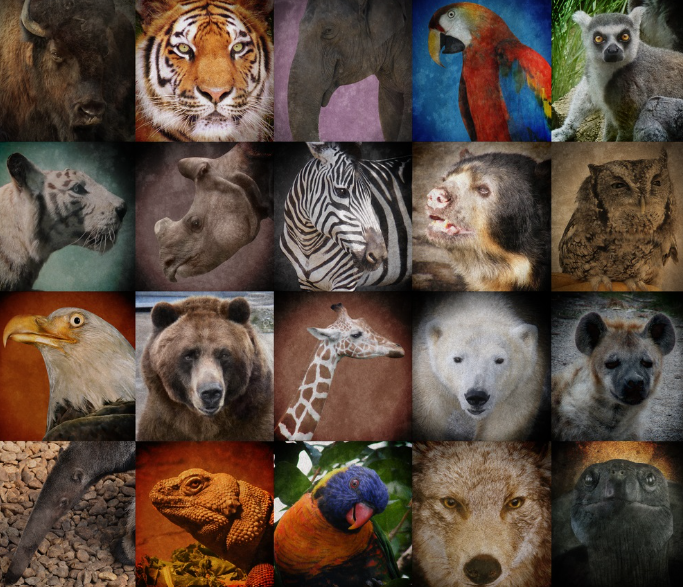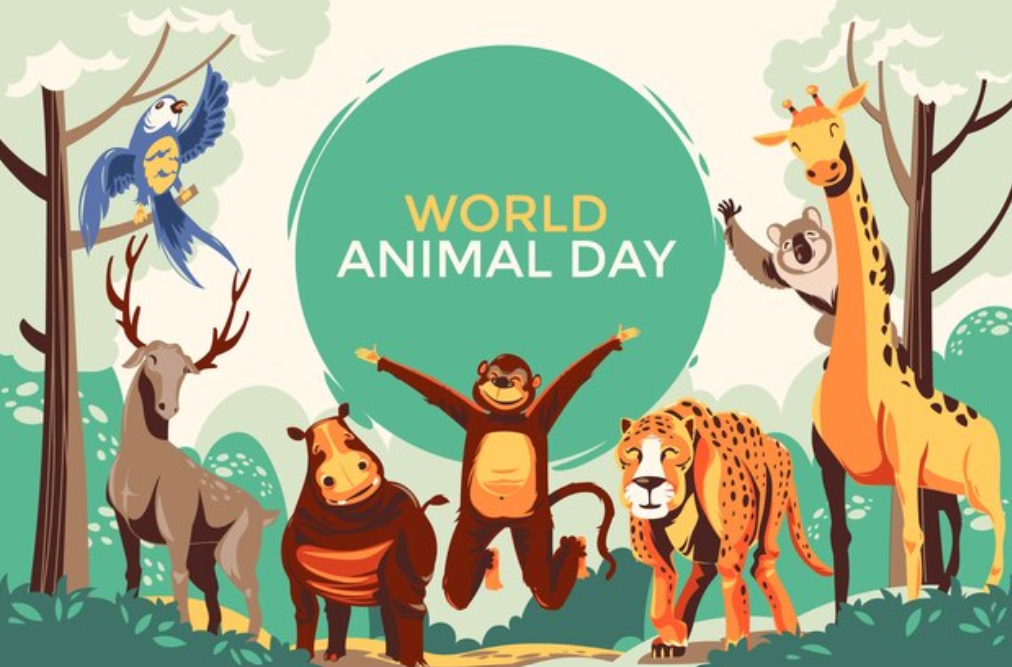Species that are in danger of becoming extinct soon are classified as endangered. The extinction of these species might have far-reaching effects since they are essential to keeping ecosystems in balance. Numerous agencies and authorities keep lists of endangered species to promote awareness and aid conservation efforts. Important details on each species’ status, risks, and conservation efforts are provided by these listings. In this post, we will look at a few of the noteworthy lists of endangered species.
The IUCN Red List
The IUCN Red List, which is the most comprehensive and well-known listing of endangered species, is kept up-to-date by the International Union for Conservation of Nature (IUCN). Species are categorised on this list according to their risk of extinction, from “Least Concern” to “Critically Endangered.” It offers thorough evaluations of every species, including factors such as threats, habitat loss, and population trends. The IUCN Red List is an invaluable tool for scientists, decision-makers, and environmentalists.
The Endangered Species Act (ESA)
One important piece of legislation in the US that aims to preserve and rescue endangered species is the Endangered Species Act (ESA). Under the ESA, the official list of endangered and threatened species is kept up-to-date by the U.S. Fish and Wildlife Service (USFWS) and the National Marine Fisheries Service (NMFS). This list contains creatures like grey wolves, humpback whales, and bald eagles. Guidelines and legal safeguards for the conservation and recovery of these species are provided under the ESA.
CITES Appendices
An international treaty that governs the trade in endangered species is called the Convention on International Trade in Endangered Species of Wild Fauna and Flora (CITES). Three appendices to CITES list species according to the degree of protection needed. Appendix I lists endangered species and forbids their international commerce, whereas Appendix II lists species that might become endangered if trade is left unchecked. The species that are protected in at least one nation are listed in Appendix III. These lists aid in preventing the decline of endangered species as a result of international commerce.

Red Data Books
Many nations have their own Red Data Books, or Red Lists, which record the endangered and vulnerable species that exist within their boundaries in addition to the worldwide lists. These lists aid in setting priorities for conservation activities and provide useful information for regional conservation initiatives. The Red List of Threatened Species in India and the Red Data Book of the Russian Federation are two examples. More focused conservation initiatives are made possible by these lists, which highlight species unique to a certain area.
Species Recovery Plans
Recovery plans are created for certain very endangered species to specify the steps that must be taken to keep them from becoming extinct and to aid in their recovery. Governmental agencies, environmental groups, and scientists often collaborate to establish these plans. They consist of tactics including public education campaigns, captive breeding projects, and habitat restoration. Plans for the recovery of endangered species provide a path forward for their population conservation and restoration.
Numerous animal species may be found on our planet, and they are all essential to preserving the delicate balance of ecosystems. However, many animal species are in danger of becoming extinct as a result of several reasons, including habitat loss, climate change, and human activity. We will discuss a few endangered species below, along with the significance of maintaining their numbers.
1. Tigers
One of the most recognisable and magnificent animals on the planet are tigers. Regretfully, they are likewise at grave risk. With just around 5,574 tigers remaining in the wild, habitat preservation and protection are essential. To preserve the existence of these amazing species, groups like the World Wildlife Fund (WWF) are putting up endless effort to fight poaching and the illicit wildlife trade, in addition to putting conservation initiatives in place.
2. Giant Pandas
The world adores giant pandas for their adorably cute looks. However, poor reproductive rates and habitat degradation have had a significant negative influence on their numbers. To boost the number of pandas, the Chinese government has instituted conservation measures, including creating protected areas and breeding initiatives. The International Union for Conservation of Nature (IUCN) reduced their status from endangered to vulnerable in 2016 as a consequence of these initiatives, which have had encouraging results.
3. African elephants
The biggest terrestrial mammals, African elephants, are essential to the upkeep of the habitats in which they live. They do, however, face a number of problems, such as habitat fragmentation and ivory poaching. Elephant conservation is a priority, and conservation groups are trying to prevent poaching, preserve elephant habitats, and increase public knowledge of this fact. These kinds of initiatives are essential to ensuring the continued existence of these amazing animals.
4. Sea turtles
For millions of years, sea turtles have been a part of the ocean ecosystem. However, because of a number of issues, including pollution, habitat damage, and unintentional entrapment in fishing gear, they are now listed as endangered. Protecting nesting beaches, enforcing fishing laws, and raising awareness among the local populace of the need to maintain sea turtle populations are all examples of conservation initiatives.
5. Orangutans
Found in the jungles of Borneo and Sumatra, orangutans are very clever primates that are also severely endangered. Their numbers have suffered greatly as a result of deforestation and the illicit pet trade. The goals of conservation groups are to preserve their natural habitats, care for orphaned orangutans, and spread the word about the significance of sustainable palm oil production, which is a primary cause of habitat degradation.
Here is an alphabetical listing of endangered animals:
A: Amur Leopard, Amur Tiger, African Elephant
B: Black Rhino, Bengal Tiger, Blue Whale
C: Cheetah, Chimpanzee, California Condor
D: Dhole, Dugong, Darwin’s Fox
E: Ethiopian Wolf, Eastern Lowland Gorilla, European Mink
F: Fin Whale, Forest Elephant, Florida Panther
G: Giant Panda, Gorilla, Galapagos Penguin
H: Hawksbill Turtle, Hawaiian Monk Seal, Humphead Wrasse
I: Iberian Lynx, Indochinese Tiger, Ivory-billed Woodpecker
J: Javan Rhino, Jaguar, Japanese Crane
K: Komodo Dragon, Kakapo, Karner Blue Butterfly
L: Leatherback Turtle, Lion, Loggerhead Turtle
M: Mountain Gorilla, Manatee, Malayan Tiger
N: Northern White Rhino, North Atlantic Right Whale, North Pacific Right Whale
O: Orangutan, Orca, Olive Ridley Turtle
P: Philippine Eagle, Pygmy Hippopotamus, Pangolin
Q: Quokka, Quoll
R: Red Panda, Red Wolf, Rhinoceros Hornbill
S: Sumatran Tiger, Saola, Sea Otter
T: Tiger, Tasmanian Devil, Tibetan Antelope
U: Uakari, Urial
V: Vaquita, Visayan Warty Pig
W: Western Lowland Gorilla, Whale Shark, Western Swamp Tortoise
X: Xenops, Xantus’s Murrelet
Y: Yangtze Giant Softshell Turtle, Yellow-eyed Penguin
Z: Zanzibar Red Colobus, Zebra Shark
